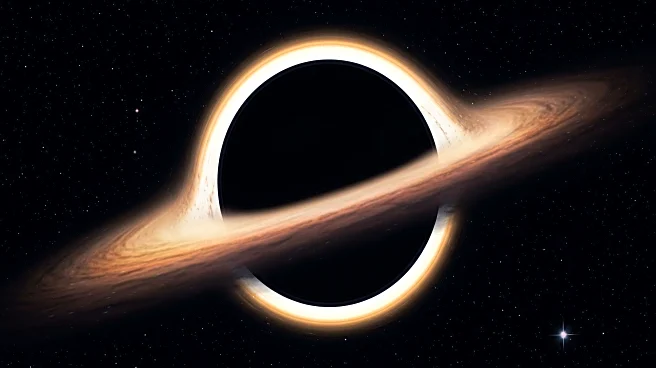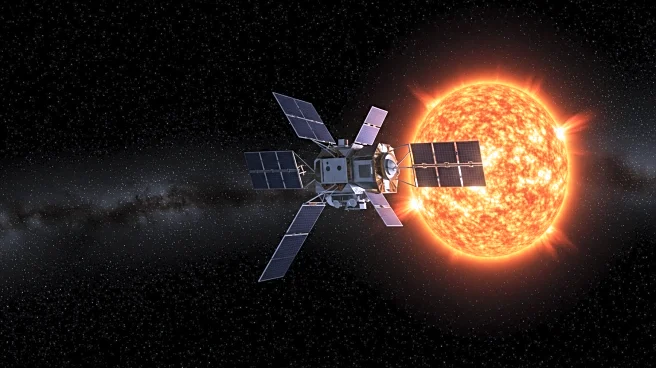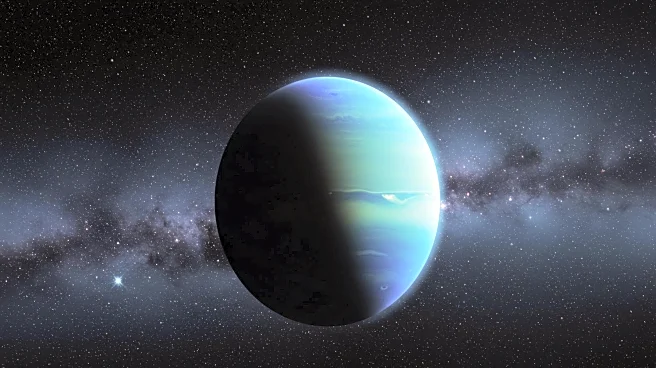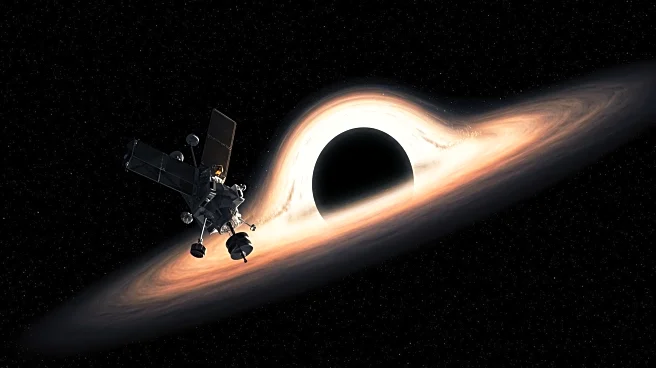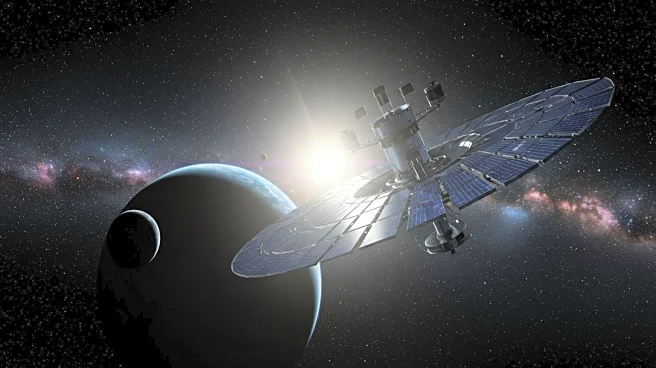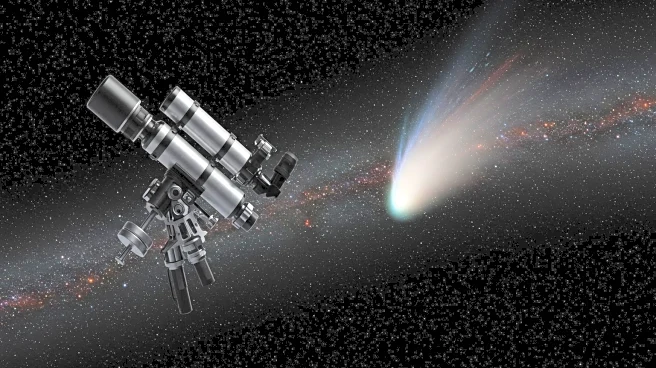Rapid Read • 6 min read
NASA's Imaging X-ray Polarimetry Explorer (IXPE) has observed the black hole IGR J17091-3624, known for its rhythmic pulses in brightness, located 28,000 light-years from Earth. The black hole's pulses result from fluctuations in the accretion disk and corona, emitting bright X-rays. IXPE measured a surprising 9.1% polarization degree, higher than theoretical models predicted. This finding challenges existing assumptions about black hole environments, suggesting either powerful winds from the accretion disk or the corona moving outward at high speeds, causing relativistic effects that amplify polarization.
AD
The discovery of unexpected polarization in the 'heartbeat black hole' prompts a reevaluation of black hole behavior and environments. Understanding the polarization degree provides insights into the geometry and motion of matter around black holes, which is crucial for comprehending their growth and impact on cosmic structures. The findings could lead to new models and theories in astrophysics, influencing future research and observations. Scientists and researchers in the field stand to gain from these insights, potentially leading to breakthroughs in understanding black hole dynamics.
Astronomers plan to conduct further observations to explore the polarization degree measurements and test the proposed models. These studies may yield more surprising results, prompting revisions in theoretical frameworks. The ongoing research could lead to new discoveries about black hole environments and their role in the universe. Future missions and observations will continue to investigate these phenomena, contributing to the advancement of astrophysical knowledge.
AD
More Stories You Might Enjoy
